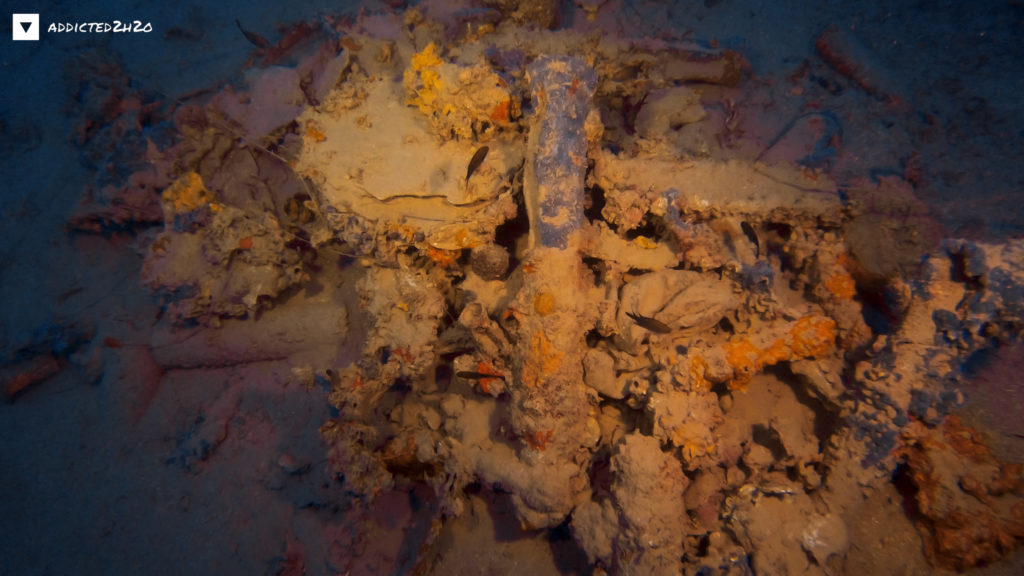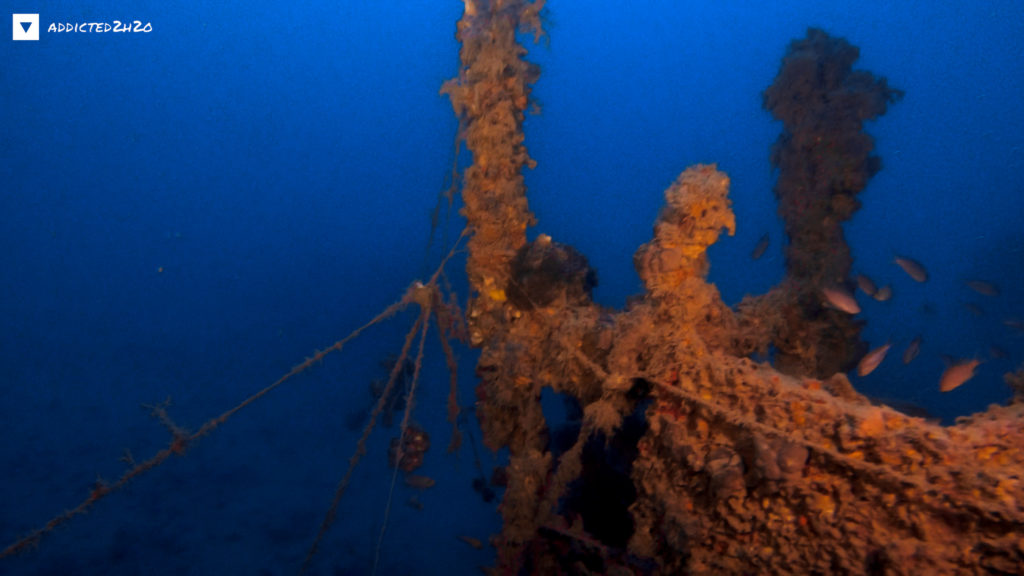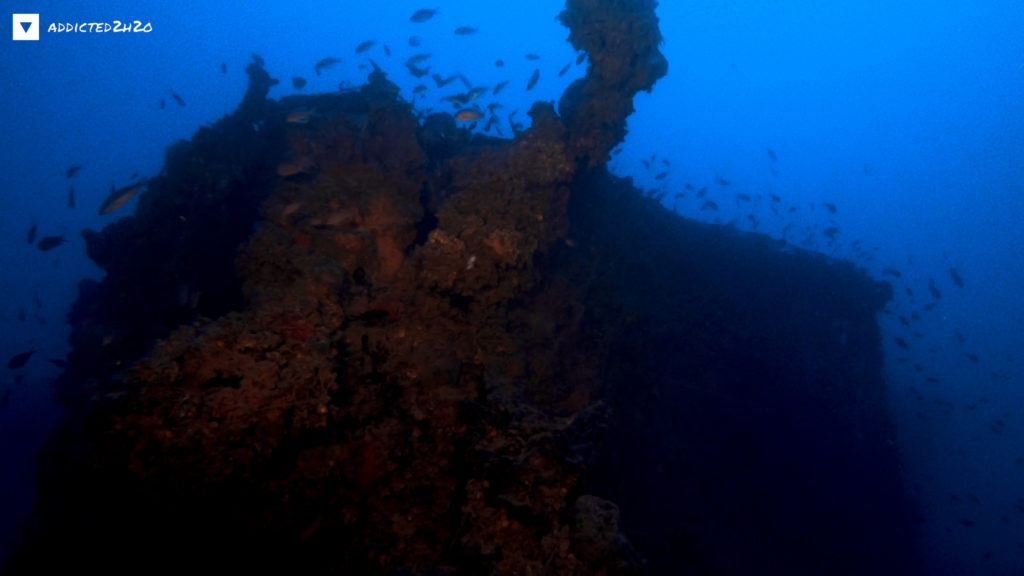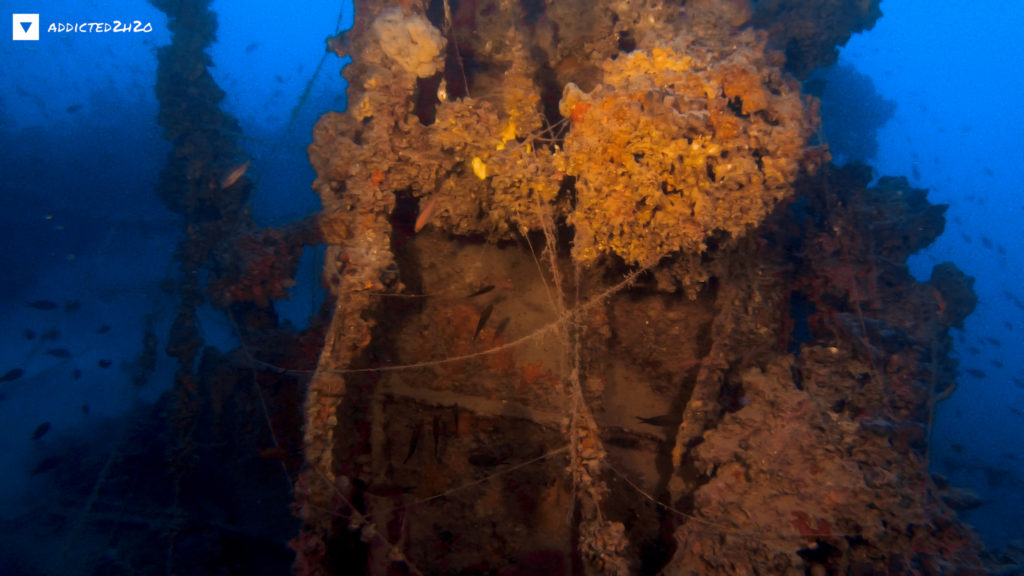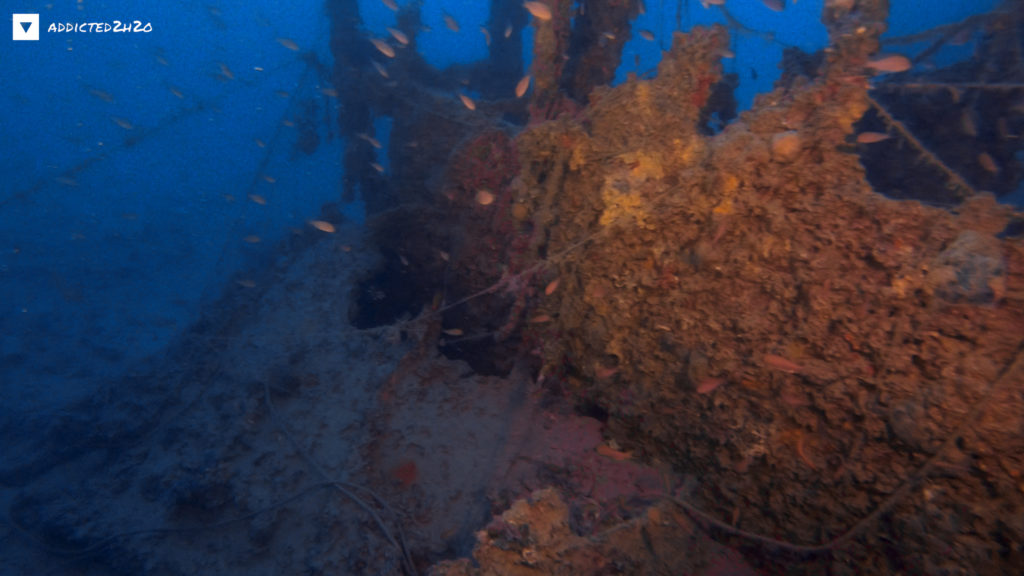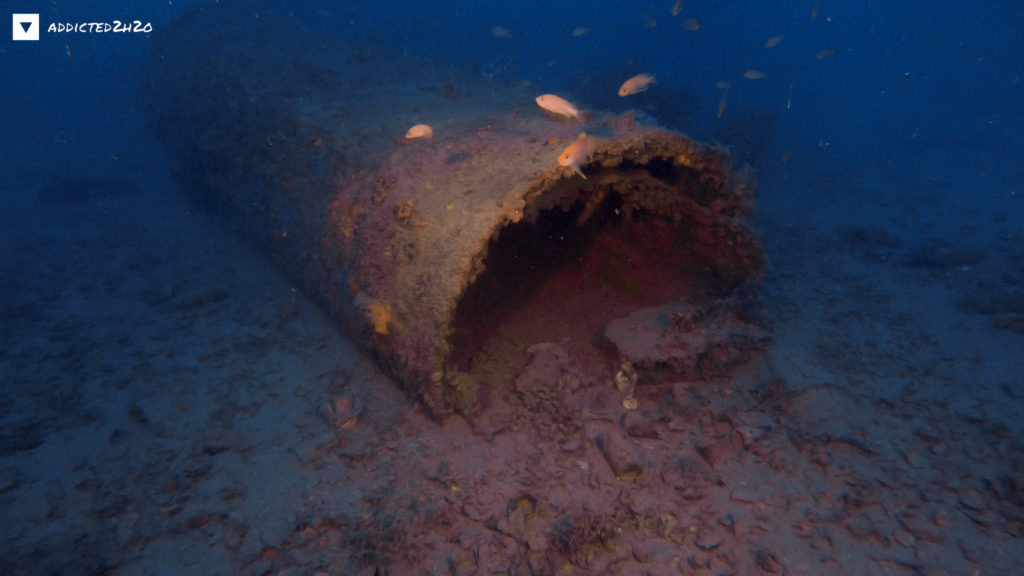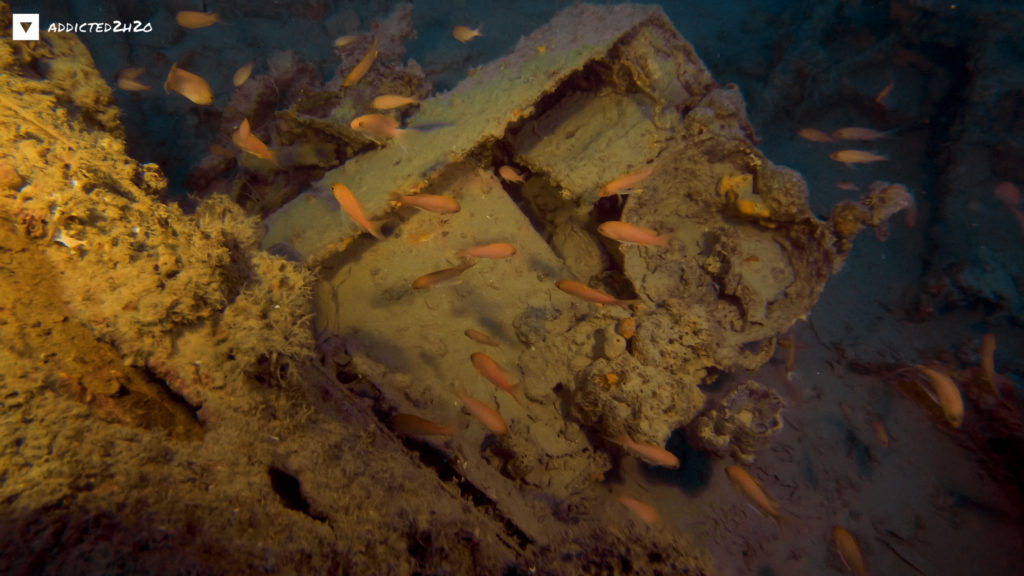THIELA
DESTROYER (D31)
The second world war ship Thiela (in Greek Storm) was built in England, at the Yarrow shipyards, by order of the Greek government in 1906. It was one of the four similar class destroyers built in England from 1905 to 1907 for the Greek Royal Navy . The other three were SFENDONI, LOGHI and NAFKRATOUSA. She took part in the Balkan Wars of 1912-13, in the First World War and the Asia Minor Campaign. Between 1926 and 1928 she underwent a general reconstruction at the Salamis Naval Base and then took part in the Greek-Italian War of 1940-41, as a torpedo boat, participating in many patrols and convoys.
During the Greek-Italian War 1940-41 Thiela joined the First Torpedo Squadron of the Royal Navy and undertook along with SFENDONI, NIKI and ASPIS the execution of patrols and the escort of convoys in the area of Cyclades, the northern Aegean, Thermaikos, Patraikos and the southern Peloponnese. After the 10th of April 1941 and after the beginning of the fierce German attack against Greece, on the 6th of the same month, she was moved together with the torpedo boats of the Greek Royal Navy AIGLI, ARETHOUSA, ALKYONI and DORIS from the Naval Defense Area 1, Patras to the area of Vouliagmeni (N.D.A. 3) for the purpose of carrying out patrols in the Saronic Gulf and the southern Gulf of Evia. The decision to make Vouliagmeni the anchorage of these torpedo boats was taken in order to avoid their possible exclusion at the port due to the continuous dropping of magnetic mines by the German air force in the wider Saronic Gulf.
On the 21st of April, while Thiela was at its anchorage, in Vouliagmeni, under the command of Captain P. Damiralis, she was severely attacked by six German vertical attack bombers (Junkers 87 Stuka) dropping bombs near the ship which caused hull breaches of 5 to 10 cm in diameter close to the waterline. During the attack, the ship’s machine gun team fired repeatedly at the attacking German aircraft, injuring six of its members. After the attack and due to the irreparable damage caused to the ship, the ship was abandoned. According to the report of the commander of the ship, Captain Damiralis, dated 19 May 1941, to the Ministry of National Defense (see War Diary, Volume F, pp. 1-4, Naval History Service) the consequences of the air attack resulted in the following :
– Significant water breaches in all apartments.
– Small-scale fires in the dormitories and on deck.
– Explosion of the ammunition box on the deck.
– Destruction of the stern tube torpedo assembly, the stern gun as well.
– Destruction of the stern mast.
– Displacement and destruction of the engine cooler base.
– Various minor damages to all compartments and floors of the ship.
The general condition of the destroyer and its inability to continue sailing, led to the release of the ship’s anchor allowing it to drift away by the favorable winds. Then, at nine o’clock in the evening of the same day (April 21, 1941), the commander of the torpedo boat, Captain Damiralis, received an order from the commander of the torpedo boat fleet, Captain M. Theofanidis, to sink the ship in Vouliagmeni, which he did on the night of the 21st to the 22nd of April 1941.
Torpedo Boat Aigli
The Torpedo Boat Aigli was ordered by the Greek government to the famous VULCAN shipyards which were located in the then German city of Stettin (today Poland). It was one of five similar torpedo boats built by VULCAN for the Greek Royal Navy. The other four were ALKYONI, ARETHOUSA, DAFNI, DORIS and THETIS. After its construction and delivery, the ship sailed to Greece in May 1914. In 1916, with the blockade of Athens and Piraeus by the Entente forces, she was comendeered by the French Navy and used in the First World War with a French crew. After the participation of Greece in the war, on the side of the Entente forces, the ship was returned in 1917 to the Greek Royal Navy, which included it as an escort to convoys in the Aegean until the end of the war. With the beginning of the Asia Minor Campaign she took part in many operations and after her glorious and tragic end she was one of the first ships that participated in the evacuation of the Greek population of Asia Minor. During the Greek-Italian War 1940-41 the ship joined the C Squadron of Torpedoe boats of the Royal Navy and undertook the execution of patrols and the escort of convoys in the area of the Cyclades, the southern and northern Evia, Thermaikos and Saronic Gulf. Immediately after the declaration of war by Nazi Germany against Greece, the ship was grouped together with the ships of the torpedo fleet THIELA and ARETHOUSA, in the area of Vouliagmeni, which was its anchorage until its sinking. On April 20, under the command of Lieutenant Captain I. Naxakis, she was attacked with machine guns by aircraft of the German Air Force, resulting in cracks in the vessel which were then hastely covered but without achieving a complete repair of the vessel. According to the captain of the ship, Lieutenant Captain I. Naxakis, in his report of 27.5.1941 (see War Diary, Volume H, p. 177, Naval History Service), “the ship was attacked and fired upon at the Saronic Gulf in the last days and the whole ship was damaged in many places, but mainly two large-sized holes were opened on the left side, and although these were patched, it became doubtful whether she would be seaworthy for long travel “.
On April 22, Aigli was ordered to sail to the northern Evoikos for the installation of a patrol on the island of Strongyli. However, the relentless and uninterrupted attacks by German aircraft forced the ship to return to Vouliagmeni, where she anchored in the open at “Akras Zostir”. During her stay there, the crew was ordered to abandon the ship and remain “under cover” on the shore opposite to the anchorages. According to the “Report of Events” of June 3, 1941, the commander of the torpedo boat fleet, Captain M. Theofanidis (see Diary of War, Volume I, pp. 135-144, Naval History Service), the crews of the Greek torpedo boats and EGLIS “due to the continuous and severe air strikes and the information about the sinking and destruction of other ships torpedo boats and destroyers, the dismissal of the crews from the port as well as the known leak of the signing of truce, the morale of the crews which consisted almost entirely of reserves was greatly reduced. So the ship would not fall into the hands of the enemy, it was decided to sink her, this took place on the night of April 24.”
Historical Research: Dimitris Galon
The dive
Both ships remain sunk at a depth of 57 meters. After the war both vessels were sold as scrap and parts of the ships were raised durring the 50s. However not entirely as there are many debris scattered throughout the seabed including a large part of the mid-ship. It is almost impossible to identify which part of the debris belong to each ship. Visibility as seen from the video was good and the site offeres a great technical dive and a reminder of the tragic events of the second world war.
SOURCES
Dimitris Gallon.
Antonis Grafas, Grafasdiving.gr
War Calendar 1940-1944, Volumes E, F, H, Navy History Service, Historical Archive Department.
Fokas, Dimitrios: (1953). Exhibition on the action of the Northern Navy during the war 1940-1944, Volume A: From the pre-war period until the occupation of Greece (April 27, 1941), Publications of the Historical Service of the Royal Navy.
Kavvadias, Epamineondas: (1950) The Naval War of 1940 as I experienced it, Athens.
Economou, D .: (1947) The deeds of the Royal Navy from 10 to 27 April 1941, N. Alikiotis and Sons Publishing House, Athens.
Sakellariou, Alexandros: Memoirs – An Admiral remembers, Tom. Α΄ and Β΄, published by Giota Sigma, Athens.
Paizis – Paradellis, Konstantinos: (1980) The Ships of the Greek Navy 1830 – 1979, General Army Staff Publications, Athens.
Dounis, Christos: (2001) The Shipwrecks in the Greek Seas 1900-1950, Volume A, published by Finatec, Athens.
http://en.wikipedia.org/wiki/List_of_shipwrecks_in_April_1941
Divers:
Erikos Kranidiotis
Stelios Stamatakis
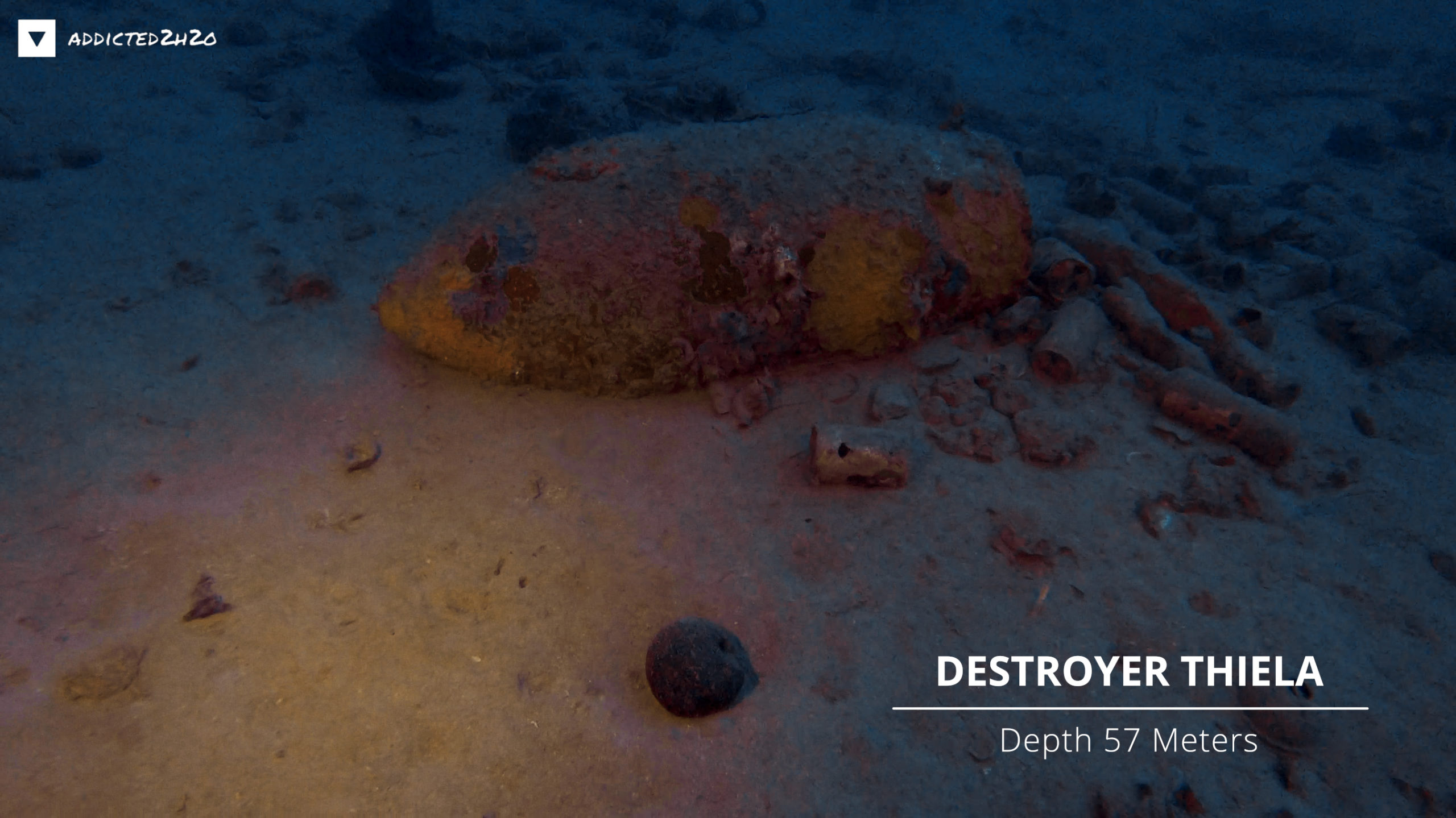
Do what you can’t

